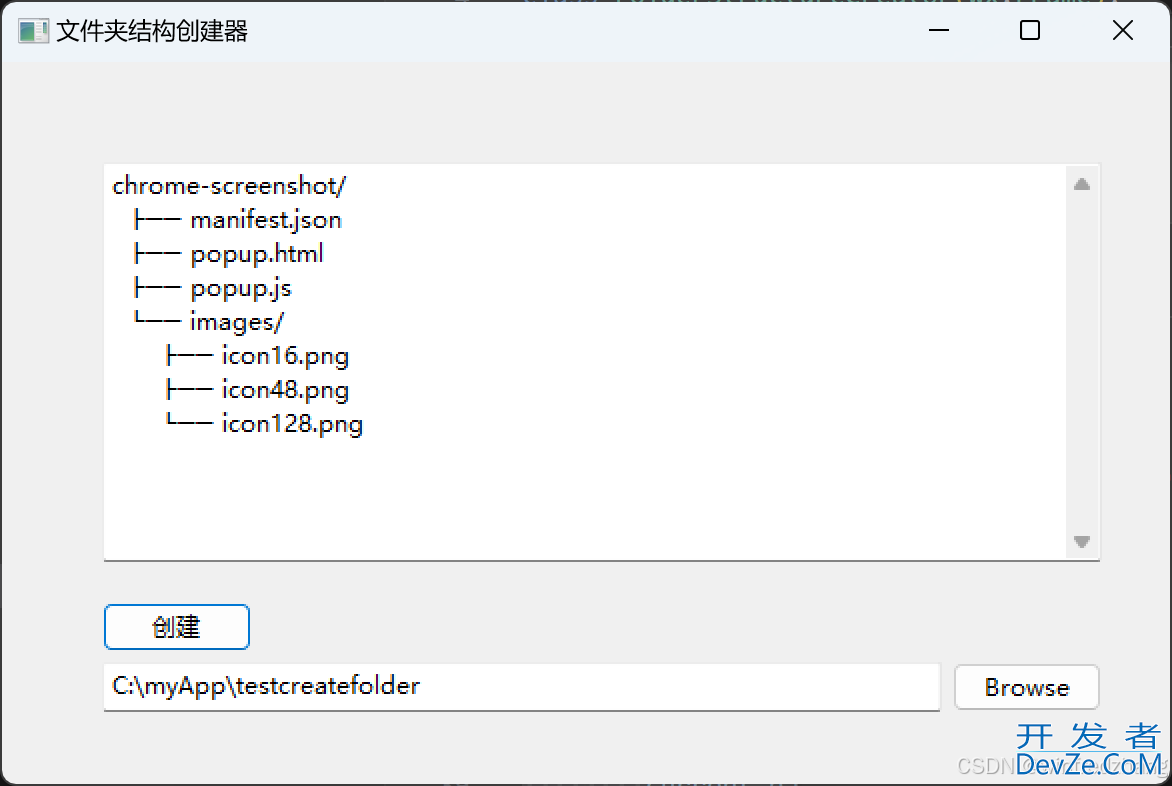目录
- 1.基本信息
- 2.语法结构
- 3.使用案例
- 3.1 DataFrame使用apply
- 3.2 Series使用apply
- 3.3 其他案例
- 4.总结
1.基本信息
Pandas 的 apply() 方法是用来调用一个函数(python method),让此函数对数据对象进行批量处理。Pandas 的很多对象都可以使用 apply() 来调用函数,如 Dataframe、Series、分组对象、各种时间序列等。
2.语法结构
apply() 使用时,通常放入一个 lambda 函数表达式、或一个函数作为操作运算,官方上给出DataFrame的 apply() 用法:
DataFrame.apply(self, func, axis=0, raw=False, result_type=None, args=(), **kwargs)
参数:
func:函数或 lambda 表达式,应用于每行或者每列
axis:{0 or ‘index’, 1 or ‘columns’}, 默认为0
- 0 or ‘index’: 表示函数处理的是每一列
- 1 or ‘columns’: 表示函数处理的是每一行
raw:bool 类型,默认为 False;
- False ,表示把每一行或列作为 Series 传入函数中;
- True,表示接受的是 ndarray 数据类型;
result_type:{‘expand’, ‘reduce’, ‘broadcast’, None}, default None
These only act when axis=1 (columns):
- ‘expand’ : 列表式的结果将被转化为列。
- ‘reduce’ : 如果可能的话,返回一个 Series,而不是展开类似列表的结果。这与 expand 相反。
- ‘broadcast’ : 结果将被广播到 DataFrame 的原始形状,原始索引和列将被保留。
args: func 的位置参数
**kwargs:要作为关键字参数传递给 func 的其他关键字参数,1.3.0 开始支持
返回值:
Series 或者 DataFrame:沿数据的给定轴应用 func 的结果
Objects passed to the function are Series objects whose index is either the DataFrame's index (``axis=0``) or the DataFrame's columns(``axis=1``).
传递给函数的对象是Series对象,其索引是DataFrame的索引(axis=0)或DataFrame的列(axis=1)。By default (``result_type=None``), the final return type is inferred from the return type of the applied function. Otherwise,it depends on the `result_type` argument.默认情况下( result_type=None),最终的返回类型是从应用函数的返回类型推断出来的。否则,它取决于' result_type '参数。
注:DataFrame与Series的区别与联系:
区别:
- series,只是一个一维结构,它由index和value组成。
- dataframe,是一个二维结构,除了拥有index和value之外,还拥有column。
联系:
- dataframe由多个series组成,无论是行还是列,单独拆分出来都是一个series。
3.使用案例
3.1 DataFrame使用apply
官方使用案例
import pandas as pd import numpy as np df = pd.DataFrame([[4, 9]] * 3, columns=['A', 'B']) df A B 0 4 9 1 4 9 2 4 9 # 使用numpy通用函数 (如 np.sqrt(df)), df.apply(np.sqrt) ''' A B 0 2.0 3.0 1 2.0 3.0 2 2.0 3.0 ''' # 使用聚合功能 df.apply(np.sum, axis=0) ''' A 12 B 27 dtype: int64 ''' df.apply(np.sum, axis=1) ''' 0 13 1 13 2 13 dtype: int64 ''' # 在每行上返回类似列表的内容 df.apply(lambda x: [1, 2], axis=1) ''' 0 [1, 2] 1 [1, 2] 2 [1, 2] dtype: object ''' # result_type='expand' 将类似列表的结果扩展到数据的列 df.apply(lambda x: [1, 2], axis=1, result_type='expand') ''' 0 1 0 1 2 1 1 2 2 1 2 ''' # 在函数中返回一个序列,生成的列名将是序列索引。 df.apply(lambda x: pd.Series([1, 2], index=['foo', 'bar']), axis=1) ''' foo bar 0 1 2 1 1 2 2 1 2 ''' # result_type='broadcast' 将确保函数返回相同的形状结果 # 无论是 list-like 还是js Scalar,并沿轴进行广播 # 生成的列名将是原始列名。 df.apply(lamb开发者_C学习da x: [1, 2], axis=1, result_type='broadcast') ''' A B 0 1 2 1 1 2 2 1 2 '''
其他案例:
import numpy as np
import pandas as pd
df = pd.DataFrame({'A': [1, 2, 3],
'B': [4, 5, 6],
'C': [7, 8, 9]},
index=['a', 'b', 'c'])
d编程f
A B C
a 1 4 7
b 2 5 8
c 3 6 9
# 对各列应用函数 axis=0
df.apply(lambda x: np.sum(x))
A 6
B 15
C 24
dtype: int64
# 对各行应用函数
df.apply(lambda x: np.sum(x), axis=1)
a 12
b 15
c 18
dtype: int64
3.2 Series使用apply
官网案例
s = pd.Series([20, 21, 12],index=['London', 'New York', 'Helsinki'])
s
'''
London 20
New York 21
Helsinki 12
dtype: int64
'''
# 定义函数并将其作为参数传递给 apply,求值平方化。
def square(x):
return x ** 2
s.apply(square)
'''
London 400
New York 441
Helsinki 144
dtype: int64
'''
# 通过将匿名函数作为参数传递给 apply
s.apply(lambda x: x ** 2)
'''
London 400
New York 441
Helsinki 144
dtype: int64
'''
# 定义一个需要附加位置参数的自定义函数
# 并使用args关键字传递这些附加参数。
def subtract_custom_value(x, custom_value):
return x - custom_value
s.apply(subtract_custom_value, args=(5,))
'''
London 15
New York 16
Helsinki 7
dtype: int64
'''
# 定义一个接受关键字参数并将这些参数传递
# 给 apply 的自定义函数。
def add_custom_values(x, **kwargs):
for month in kwargs:
x += kwargs[month]
return x
s.apply(add_custom_values, june=30, july=20, august=25)
'''
London 95
New York 96
Helsinki 87
dtype: int64
'''
# 使用Numpy库中的函数
s.apply(np.log)
'''
London 2.995732
New York 3.044522
Helsinki 2.484907
dtype: float64
'''
3.3 其他案例
import pandas as pd
# 显示所有列
pd.set_option('display.max_columns', None)
# 显示所有行
pd.set_option('display.max_rows', None)
# 设置value的显示长度为100,默认为50
pd.set_option('max_colwidth', 100)
# 用来计算日期差的包
import datetime
def dataInterval(data1, data2):
"""
Args:
:param dathttp://www.devze.coma1: datetime
:param data2: datetime
:return: delta days
"""
d1 = datetime.datetime.strptime(data1, '%Y-%m-%d编程客栈')
d2 = datetime.datetime.strptime(data2, '%Y-%m-%d')
delta = d1 - d2
return delta.days
def getInterval(arrLike):
"""
Args:
:param arrLike: DataFrame
:return: delta days
"""
PublishedTime = arrLike['PublishedTime']
ReceivedTime = arrLike['ReceivedTime']
days = dataInterval(PublishedTime.strip(), ReceivedTime.strip())
return days
def getInterval_new(arrLike, before, after):
"""
Args:
:param arrLike: DataFrame
:param before: forward time
:param after: backwar time
:returjavascriptn: delta days
"""
before = arrLike[before]
after = arrLike[after]
days = dataInterval(after.strip(), before.strip())
return days
if __name__ == '__main__':
df = pd.read_excel('./data/NS_info.xls')
print(df.head())
# method 1
df['TimeInterval'] = df.apply(getInterval, axis=1)
print(df.head())
# method 2
df['TimeInterval'] = df.apply(getInterval_new,axis=1,
args=('ReceivedTime', 'PublishedTime'))
# method 3
df['TimeInterval'] = df.apply(getInterval_new,axis=1,
**{'before': 'ReceivedTime', 'after': 'PublishedTime'})
# method 4
df['TimeInterval'] = df.apply(getInterval_new,axis=1, before='ReceivedTime', after='PublishedTime')
4.总结
1.apply方法都是通过传入一个函数或者lambda表达式对数据进行批量处理
2.apply方法处理的都是一个Series对象
参考链接:
1.https://blog.csdn.net/missyougoon/article/details/83301712
2.https://blog.csdn.net/qq_19528953/article/details/79348929
到此这篇关于pandas的apply函数用法详解的文章就介绍到这了,更多相关pandas apply用法内容请搜索我们以前的文章或继续浏览下面的相关文章希望大家以后多多支持我们!









 加载中,请稍侯......
加载中,请稍侯......
精彩评论